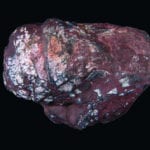 Weird Stuff
Weird Stuff  Weird Stuff
Weird Stuff  Mysteries
Mysteries 10 Tragic Disappearances and Deaths in Joshua Tree National Park
 History
History 10 Ways Childhood Really Sucked in the Old West
 Music
Music 10 Name Origins of Famous Bands from the 1990s
 Religion
Religion 10 Biggest Turnarounds by the Catholic Church
 Weird Stuff
Weird Stuff 10 Unbelievable Times Laws Had Unintended Consequences
 Humans
Humans Ten Historic Women Who Deserve Way More Credit Than They Got
 Movies and TV
Movies and TV 10 Films That Spawned Major Lawsuits
 History
History Ten Times Towns Were Wiped Off the Face of the Earth
 Creepy
Creepy 10 of the Most Disturbingly Haunted Public Houses in the UK
 Weird Stuff
Weird Stuff 10 Niche Subcultures That Are More Popular Than You Might Think
 Mysteries
Mysteries 10 Tragic Disappearances and Deaths in Joshua Tree National Park
 History
History 10 Ways Childhood Really Sucked in the Old West
Who's Behind Listverse?

Jamie Frater
Head Editor
Jamie founded Listverse due to an insatiable desire to share fascinating, obscure, and bizarre facts. He has been a guest speaker on numerous national radio and television stations and is a five time published author.
More About Us Music
Music 10 Name Origins of Famous Bands from the 1990s
 Religion
Religion 10 Biggest Turnarounds by the Catholic Church
 Weird Stuff
Weird Stuff 10 Unbelievable Times Laws Had Unintended Consequences
 Humans
Humans Ten Historic Women Who Deserve Way More Credit Than They Got
 Movies and TV
Movies and TV 10 Films That Spawned Major Lawsuits
 History
History Ten Times Towns Were Wiped Off the Face of the Earth
 Creepy
Creepy 10 of the Most Disturbingly Haunted Public Houses in the UK
10 Curious Firsts In The History Of Motoring
Automobiles have come a long way since Karl Benz created the first car in 1885. (Karl Benz did not actually invent the car, but we will get to that shortly.) Several features we take for granted in today’s cars were not originally standard. For instance, the first cars did not have steering wheels or top covers. Drivers often swallowed flies as they drove down dusty streets.
Even things related to vehicles were not spared the weirdness. For instance, the first driver detained for speeding was going just 19 kilometers per hour (12 mph) before he was chased down and arrested by a cop riding a bicycle.
Here are 10 curious firsts in the history of automobiles.
10 The First Driver Arrested For Speeding Was Traveling 12 Miles Per Hour
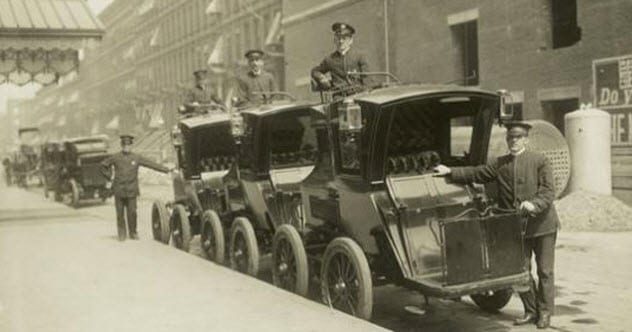
On May 20, 1899, 26-year-old Jacob German was the first motorcar driver arrested for speeding. Officer John Schuessler (aka The Scorcher’s Terror) was renowned for chasing down and arresting those in horse-drawn carriages and on bicycles speeding on the streets of Manhattan.
German worked for the Electric Vehicle Company, a taxi service with an all-electric fleet. He was doing 19 kilometers per hour (12 mph) at the time he was spotted by Officer Schuessler of the Bicycle Squad of New York. At the time, New York laws forbade drivers from exceeding 13 kilometers per hour (8 mph) on roads and 6 kilometers per hour (4 mph) when going around corners.[1]
Schuessler went after German’s car with his bicycle and arrested the lawbreaker. Reporting the news, The New York Times wrote that German was traveling at “breakneck speed” and “so reckless a rate.” German did not get a ticket for speeding, but he spent some time in jail.
9 The First Speed Limit Was Set At 12 Miles Per Hour
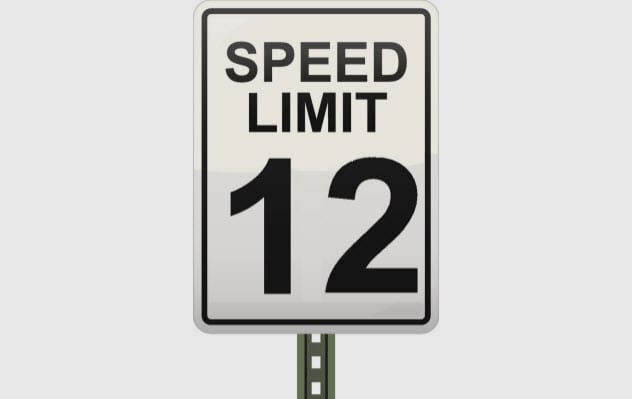
The first speed limit for motor vehicles was set in Connecticut in May 1901. It was set at a measly 19 kilometers per hour (12 mph) within the city and 24 kilometers per hour (15 mph) on the highway. While considered the first speed limit, it actually wasn’t. For instance, a New York law passed in 1652 forbade anyone from riding a horse-drawn carriage at a gallop.
Earlier speed limits were targeted at horse-drawn carriages, not motor vehicles. When cars came along, they just used the same speed limits imposed on horse-drawn carriages. However, the speed limit passed in Connecticut was targeted at motor vehicles. While we might think 19 kilometers per hour (12 mph) was low, it could have been lower.
Representative Robert Woodruff, who proposed the speed limit for vehicles, wanted it set at 13 kilometers per hour (8 mph) within the city and 19 kilometers per hour (12 mph) on the highway. The speed limit was increased to 19 kilometers per hour (12 mph) in the city, but drivers were warned to either slow down or just stop driving when they saw a horse-drawn carriage. This was because the state did not want drivers scaring the horses.[2]
8 The First Steering Wheel Was Introduced In 1894
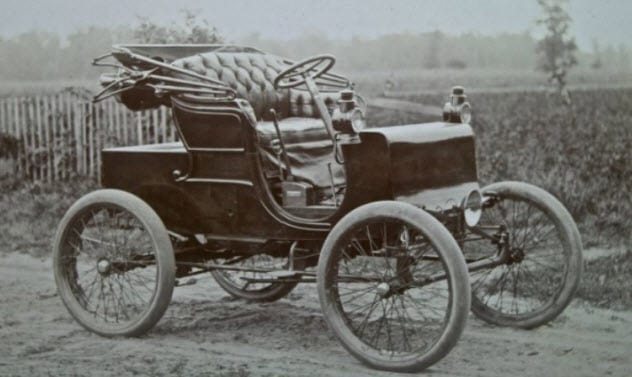
Almost a decade after Karl Benz made the world’s first car, the steering wheel was invented by Alfred Vacheron in 1894. Cars used tillers for steering before then.
The tiller is the same control used to steer boats. It was turned left to steer the car left and right to turn it right. Tillers were used at the time because the first cars were modeled after horse-drawn carriages. Their drivers used reins to direct their horses. Automobile engineers used tillers, which worked the same way.
Driving did not become rosy after the invention of the steering wheel because cars did not have power steering. However, cars had smaller bicycle-sized tires at the time. So steering was not as difficult as it would be if today’s cars did not have power steering, which was invented by Francis W. Davis in the 1920s.[3]
However, power steering did not become mainstream until World War II when the US military used it extensively in its vehicles.
7 The First Fatal Car Accident Predated The First Car
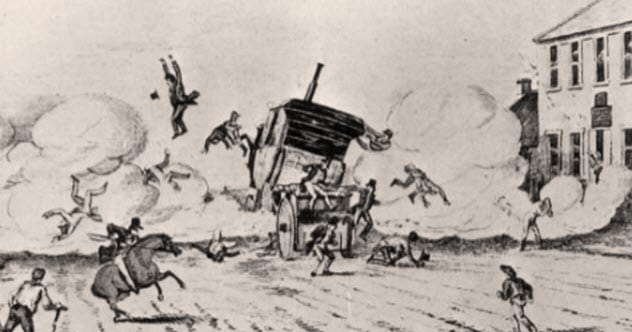
While we all know that Karl Benz invented the motor car in 1885, the first fatal motor accident happened almost two decades earlier in 1869. How could that have been possible?
Well! Although we credit Benz for making the first car (the Benz Patent Motorwagen), he did not actually make the first car. He just happened to create the first reliable gasoline-powered car. People drove steam-powered locomotives before that. In fact, Mary Ward was riding in one of these steam-powered locomotives when she died on August 31, 1869.
Ward was riding through County Offaly, Ireland, with three men, including her husband, when the car made a turn around a sharp corner. She was thrown in front of the vehicle, which ran over her and killed her. A jury determined that the death was an accident and held no one responsible for it.[4]
6 The First Electric Car Was Made In 1834
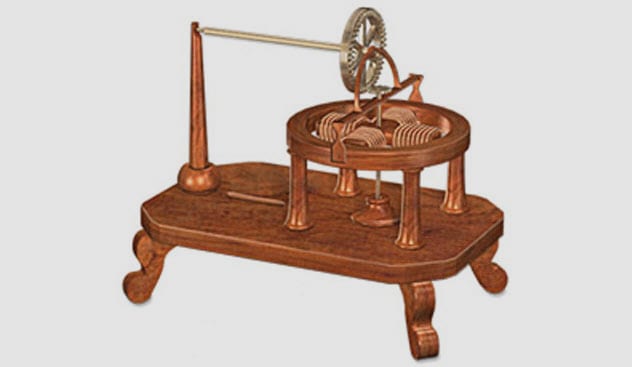
We know it sounds strange, but electric cars predate what we consider the first car. The world’s first electric car was made by Thomas Davenport in 1834. Karl Benz, who would later make what we consider the first car in 1885, was born in 1844, 10 years after Davenport built his electric car.
Davenport planned to render the steam locomotives of the day obsolete and replace them with his electric car. To build the vehicle, he made his own battery and motor, which he put in a car. The United States Patent and Trademark Office (USPTO) refused to grant him a patent for the motor because they did not understand how it worked.
While laughable today, it was understandable at the time. The USPTO had never granted a patent for an electric device. Although Davenport later got his patent, the electric car never caught on because the battery was undependable.[5]
While we consider Davenport as the inventor of the electric vehicle, there are claims that Robert Anderson from Scotland actually made the first electric car. However, he cannot be credited as the inventor because no one knows when he made his car. It could be anytime between 1832 and 1839.
5 The Car Radio Was Introduced In 1922
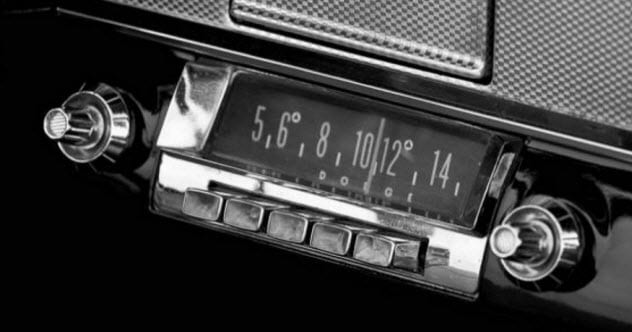
What are cars without radios? Interestingly, Chevrolet installed the first car radio in 1922, and getting it accepted as a standard feature in cars was an uphill struggle.
It was offered as an option, setting car owners back $200. Its antennas were huge, covering the whole roof. The battery was equally huge, and engineers had a hard time fitting it under the seats. The car had only two speakers behind the seats. Car radios only became standard in the 1930s.
The anti–car radio league quickly rose against the radio. They claimed that it would distract drivers or even make them sleep. Massachusetts and St. Louis proposed laws to ban radios in cars. However, the Radio Manufacturers Association supported the use of radios in cars. They claimed that radios kept drivers awake and could be used to inform them of news about the roads and weather.
The fears with the radio were understandable at the time because early cars could be difficult to operate. The driver managed lots of buttons and levers and needed to monitor several gauges. All these were already a burden, and adding to them could make the driver more distracted.[6]
4 An Electric Car Was Responsible For The First Fatal Car Accident In The US
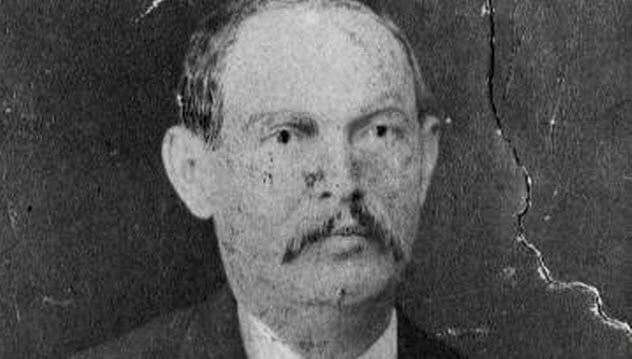
Sixty-nine-year-old Henry H. Bliss was the first person ever killed by a car in the United States. And guess what? The car was an electric car.
On September 13, 1899, Bliss had just alighted from a trolley and was trying to help a lady off when he was hit by a car. He survived the accident but was so badly injured that he died the next day. The taxi involved was owned by the Electric Vehicle Company—the same one whose driver was arrested for speeding.
Bliss was hit around 74th Street and Central Park West in New York City. The area was so notorious for accidents that trolley drivers called it the “dangerous stretch.” However, none of the incidents were fatal before Bliss was killed. Interestingly, New York had more electric than gasoline cars at the time. Electric cars were popular because they were quieter, easier to drive, and did not release poisonous fumes.[7]
3 The First Flying Car Was Made In 1932
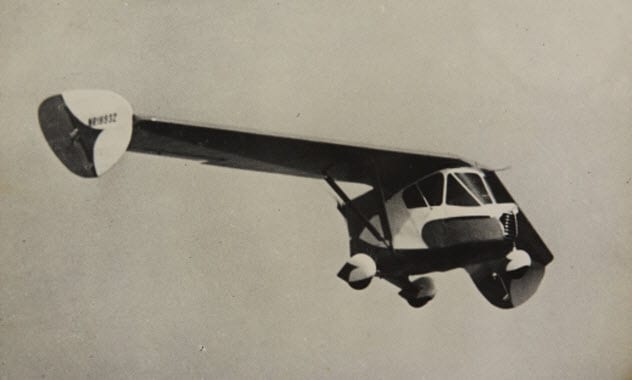
We have yet to perfect the flying car even though the first one was made in 1932 by Waldo Waterman. He called it the Waterman Arrowbile and made five prototypes before ceasing production.
Waterman created the first prototype of his flying car in 1932. It was a winged three-wheeler that he called Whatsit. He created an improved prototype in May 1935 for a flying car competition organized by the US Department of Commerce.
The May 1935 prototype could not be driven like a car. But it made Waterman more determined, and he even formed his company, the Waterman Arrowplane Co. He developed another prototype that could be driven like a car as well as fly. The wing and propeller were removed when the flying car was to be used as a car on land.[8]
Although Waterman made more prototypes that drove and flew, most people were not interested in a flying car at the time. In 1938, he shut down his company.
2 The Earliest Cars Had White Tires
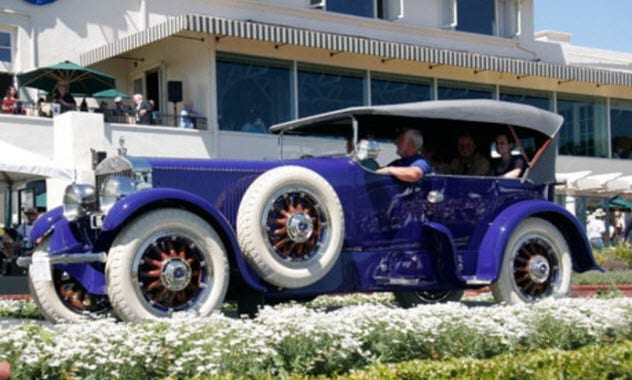
The color of tires seems to be only thing consistent among today’s cars. They are all black. But they didn’t used to be. When they were invented in 1895, car tires were plain white because they were made from natural white rubber. However, the tires usually turned black as they absorbed the black soot released from the exhaust.
Manufacturers later realized that the soot made the tires last longer. As they could not harvest soot for use in car tires, they turned to another material that had similar properties: carbon black. This makes car tires stronger and protects them from UV rays and ozone. It also takes heat away from the vehicle.
However, this comes at a cost. Carbon black dyes the tires black.[9]
1 The First Closed Car Was Made In 1905
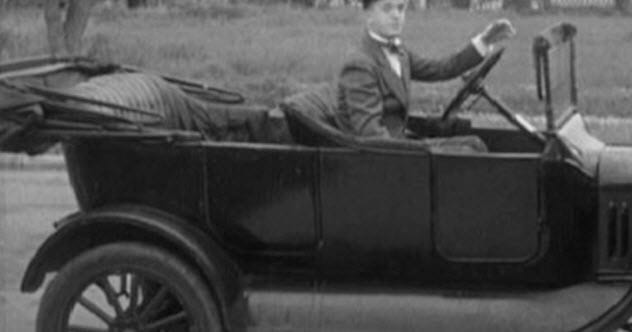
The first cars had open tops like those of horse-drawn carriages. As we mentioned earlier, the first cars were made to resemble horse-drawn carriages. So the first motor drivers were exposed to rain, snow, sunlight, and dust. Drivers often swallowed flies and were usually covered in dust as they drove.
Drivers parked their cars under trees or used covers when they could no longer bear the elements. This changed in 1905 when Cadillac unveiled the first closed car. It was offered as an option for the people who could afford it. Many Americans loved the closed top and paid for the upgrade. In 1910, Cadillac started offering its vehicles with closed tops.
In true fashion sense, people quickly changed their minds about the closed tops. Dust, rain, and flies might be problems, but the open tops were cool. Carmakers started taking the roofs off their cars again in the 1920s. However, they did not take them off completely, instead allowing a driver to decide when he wanted to use it. These cars were called convertibles.[10]
Read more cool car facts on 10 Cool Car Facts and 10 Amazing Flying Cars That Really Existed.








